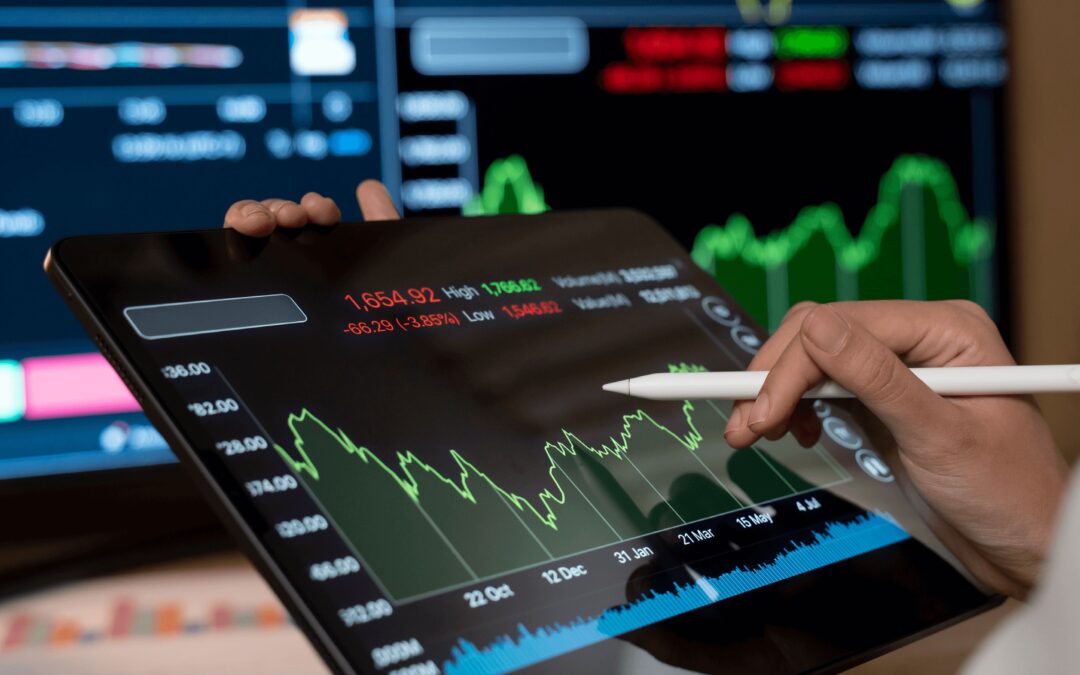Perpetual futures are among the most actively traded instruments in the digital asset market, accounting for over 75% of total crypto derivatives trading volume, with daily turnover often exceeding $100 billion across major exchanges such as Binance, OKX, and Bybit.
They play a key role in liquidity aggregation, bringing together market participants across exchanges and trading pairs to enhance market depth and efficiency in price discovery.
These contracts are a type of derivative instrument that allow traders to speculate on the price of an underlying asset — such as Bitcoin, Ethereum, or traditional financial instruments — without an expiration date.
Unlike standard futures contracts, perpetual futures can be held indefinitely as long as the trader maintains the required margin balance. Their continuous nature provides flexibility and liquidity, making them appealing to both professional and retail traders.
How Perpetual Futures Differ from Traditional Futures
In traditional futures, traders agree to buy or sell an asset at a specific price on a predetermined date. When that date arrives, the contract either settles in cash or involves the delivery of the underlying asset. This settlement creates a natural alignment between the futures price and the spot price.
Perpetual futures, on the other hand, never expire. Instead of relying on settlement, exchanges use a funding mechanism to ensure that the perpetual contract price remains close to the spot price. This continuous alignment makes perpetuals more suitable for speculative trading than for hedging physical delivery of assets.
The Role of Funding Rates
The funding rate is the key mechanism that differentiates perpetual futures from other derivatives. It’s a periodic payment exchanged between traders who hold long and short positions, calculated based on the difference between the perpetual contract price and the spot market price.
- When the perpetual price is higher than the spot price, the funding rate is positive — meaning long traders pay short traders.
- When the perpetual price is lower than the spot price, the funding rate is negative — short traders pay long traders.
This payment occurs at regular intervals, often every eight hours, and is designed to bring the perpetual price back in line with the spot price. In essence, it acts as a balancing mechanism that keeps perpetual futures tethered to the underlying market.
Leverage and Margin Requirements
One of the main attractions of perpetual futures is leverage, which allows traders to control a large position with a relatively small amount of capital. Exchanges typically offer leverage ranging from 5x to 100x, amplifying both potential gains and losses.
To open and maintain a leveraged position, traders must deposit an initial margin (a portion of the total trade size) and sustain a maintenance margin to avoid liquidation. If the market moves against the trader and their margin falls below the required threshold, the exchange will automatically liquidate the position to prevent further losses.
While leverage enhances profit potential, it also increases risk exposure — especially in volatile markets like cryptocurrency. Therefore, risk management and disciplined position sizing are critical when trading perpetual futures.
Advantages of Perpetual Futures
Perpetual futures have gained massive popularity because they offer several advantages:
- No Expiration Date: Traders can hold positions indefinitely.
- High Liquidity: Major exchanges provide deep order books for popular trading pairs.
- Efficient Price Discovery: Funding rates and continuous trading keep prices aligned with the spot market.
- Accessibility: Retail and institutional traders alike can access global markets 24/7.
These features make perpetual futures particularly appealing for those seeking to hedge, speculate, or implement complex trading strategies such as arbitrage or market-making.
Risks and Considerations
Despite their benefits, perpetual futures are not without risk. High leverage can lead to rapid liquidations, and funding rate fluctuations can erode profits over time. Moreover, during periods of extreme volatility, funding rates may spike, increasing costs for traders holding positions for extended periods.
Additionally, market manipulation and sudden price dislocations in illiquid pairs can trigger cascading liquidations, magnifying volatility. Traders must therefore approach perpetual contracts with caution, ensuring they understand margin dynamics and risk management techniques.
Conclusion
Perpetual futures have revolutionized speculative trading by combining the flexibility of spot markets with the leverage of futures contracts — all without expiration. They offer an efficient and liquid way to gain exposure to asset price movements but demand a clear understanding of funding rates, leverage, and liquidation mechanics.
For disciplined traders, perpetual futures present powerful tools to capitalize on both rising and falling markets, but success ultimately depends on skillful risk control and informed strategy.





